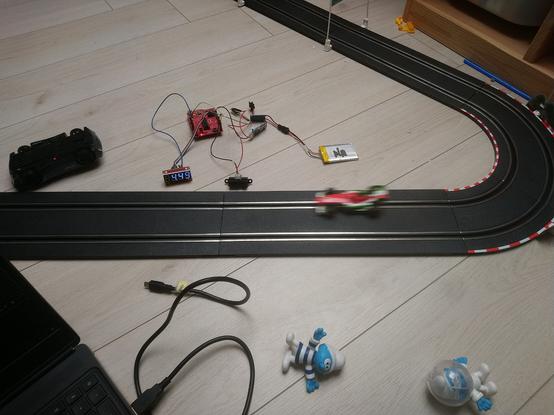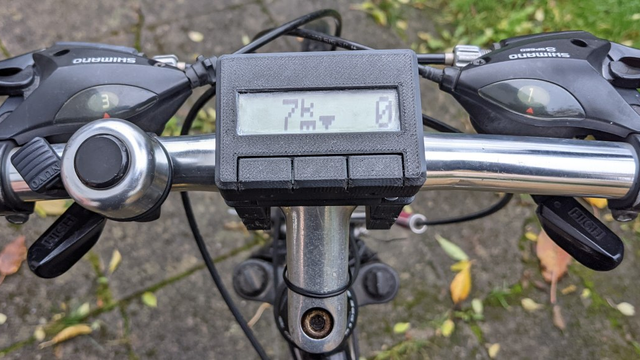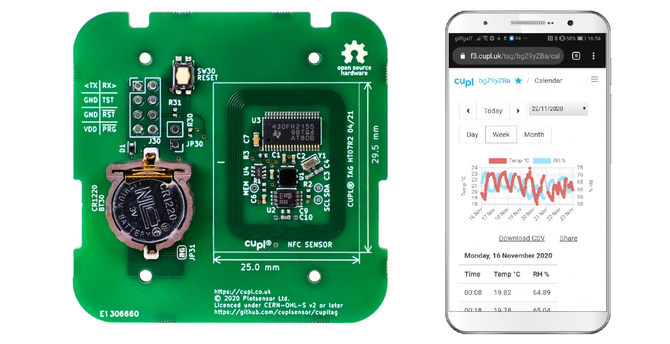Зачем программисту дизассемблер в 2025: отладка на слепую под редкие MCU
Даже в 2025 году, когда вокруг нейросети, автогенерация кода и IDE с предиктивным интеллектом, работа с редкими микроконтроллерами всё ещё может обернуться настоящим хардкором. Особенно, если речь идёт о «слепой» отладке без отладчика, когда в арсенале только прошивка, HEX-файл и пара байтов на выводе. В этой статье — личный опыт, много хардкора, дизассемблирование вручную и поиск глюка в 2 КБ бинаря. Когда говорят «отладка», в 2025 году чаще всего имеют в виду жмяк на F5 в Visual Studio Code или лог с CI/CD. Но в embedded-мире, особенно если ты копаешься в системах с 8-битным контроллером 2006 года выпуска, это слово может означать кое-что пострашнее. Например — «прошивка вылетает на 4-й секунде, данных в UART нет, отладочного интерфейса нет, документации почти нет, а заказчик просит сделать "как раньше работало"». И вот тут начинается старый добрый reverse engineering.
https://habr.com/ru/articles/907810/
#дизассемблер #MCU #отладка #embedded #MSP430 #бинарный_анализ #прошивка #ассемблер



